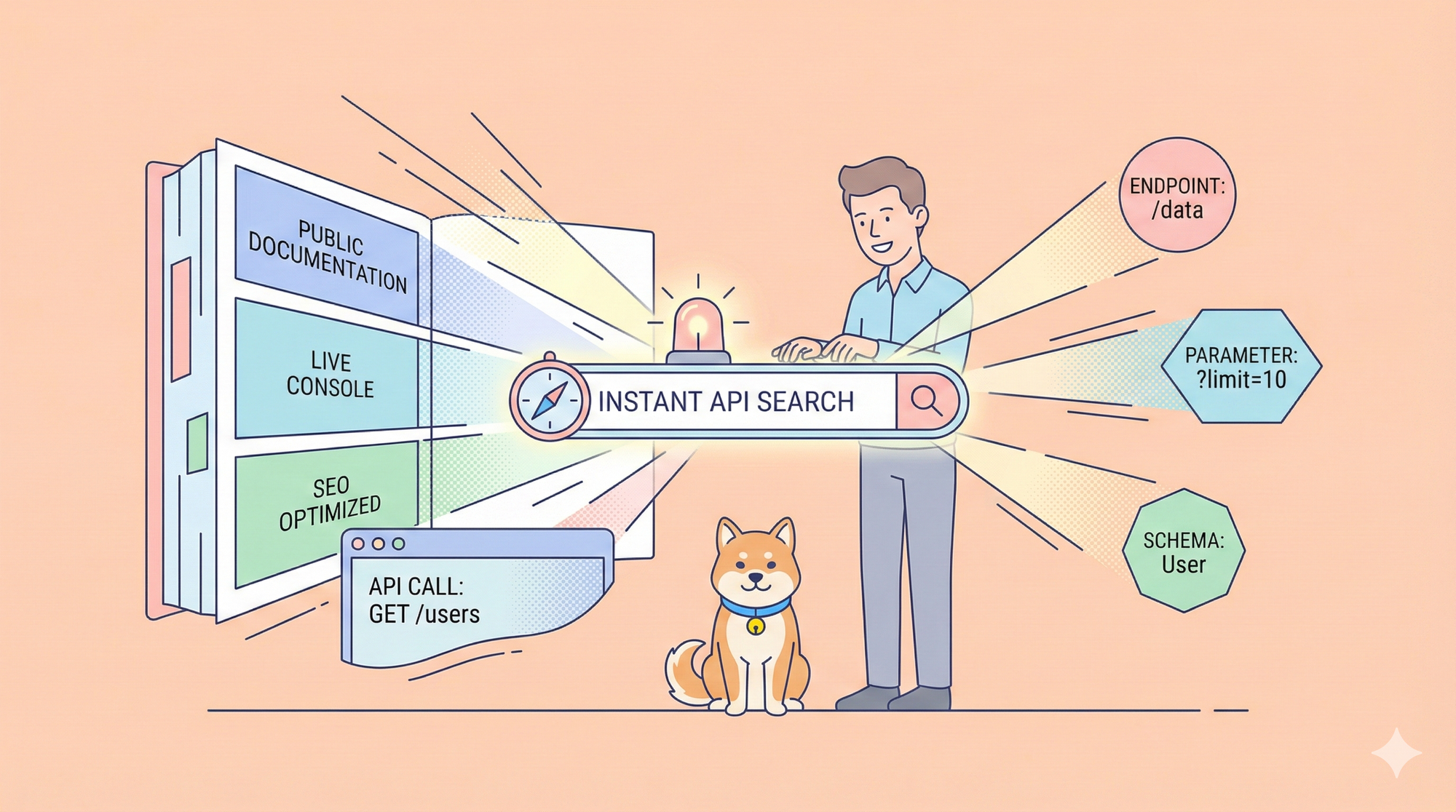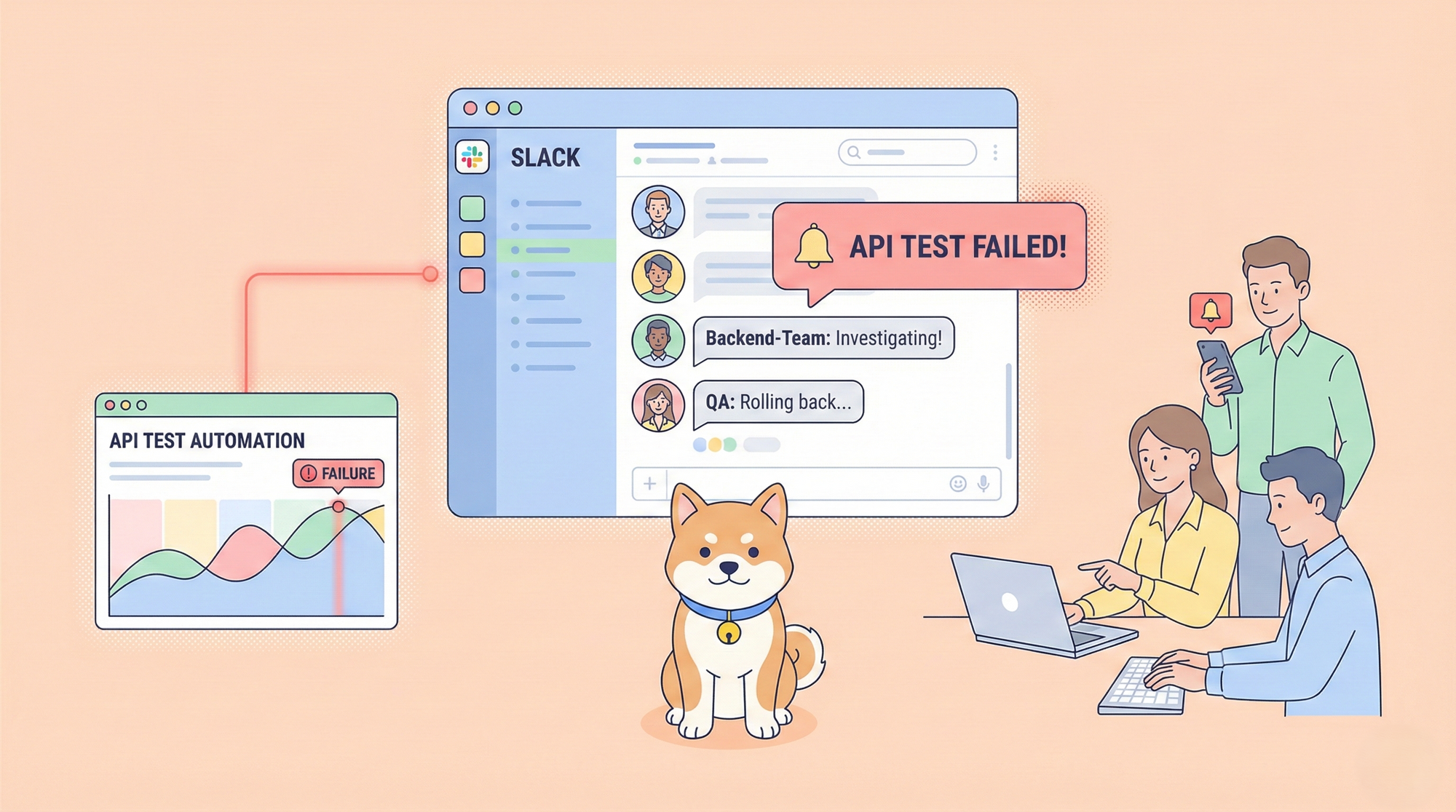Users demand seamless, real-time experiences—whether messaging friends, trading stocks, or playing online games. However, building dependable real-time applications can be challenging, particularly with WebSocket connections. A single error in your WebSocket implementation can lead to lost data, interrupted sessions, and frustrated users.
That’s where testing comes in. With the right tools, developers can catch potential issues before they reach production, simulate real-world scenarios, and optimize performance. But with so many testing tools out there, how do you know which one fits your needs?
This guide highlights top 10 tools that are shaping how developers test and perfect their WebSocket applications in 2024, giving you the insights you need to choose the best one for your projects.
1. Apidog: Comprehensive API Development and Testing Platform
Apidog is a versatile platform designed to streamline API development, testing, and documentation, all within a single, integrated environment. With its strong support for WebSocket API management, Apidog has become a go-to tool for developers who are building real-time applications, such as online games, live chat systems, and other interactive projects that require instant data exchange.

The platform features a user-friendly interface that simplifies the process of creating and managing APIs, enabling developers to focus on building robust functionalities rather than getting bogged down by complex configurations. Apidog allows users to easily establish WebSocket connections, send and receive messages, and monitor interactions in real-time, making it essential for testing real-time communication scenarios.
In addition to its WebSocket capabilities, Apidog provides a comprehensive set of features, including customizable API documentation, environment management, and collaboration tools that facilitate teamwork among developers.
Key Features for WebSocket Testing
- Visual WebSocket Request Builder: Easily create and customize WebSocket connections through an intuitive interface.
- Support for Multiple Message Formats: Compose messages in formats like
JSON,XML, `Text`,Base64, and Hexadecimal, with syntax highlighting and formatting options.

- Real-Time Message Monitoring: Track connection status, and monitor sent and received messages in real-time with detailed logs.

- Customizable WebSocket Handshake: Add headers, cookies, and query parameters during the handshake to handle authentication and other scenarios.

- WebSocket Variables: You can use Apidog variables in the WebSocket connection's handshake and messages.

Setting Up a WebSocket Test in Apidog
- Create a New WebSocket Request: In your project, click the "+" button and select "New WebSocket API (Beta)."
- Enter the WebSocket URL: For example,
ws://echo.websocket.orgfor testing. - Add Headers and Parameters: Customize the handshake with headers, cookies, or query parameters as needed.
- Connect: Click "Connect" to establish the WebSocket connection.
- Send and Monitor Messages: Use the "Message" tab to send messages and observe real-time responses in the log.
- Disconnect: When done, click "Disconnect" to close the WebSocket session.
For more detailed instructions and advanced features, visit Apidog WebSocket Help. Whether you’re developing a new application or refining an existing one, Apidog enhances efficiency and accuracy in managing complex APIs, ensuring a seamless experience for both developers and end users.
2. Postman: Popular API Development and Testing Tool
Postman, widely recognized for its robust API testing features, has also integrated support for WebSocket testing, making it a versatile tool for developers. With Postman, users can effortlessly create and manage WebSocket connections, enabling them to test real-time applications with ease. The platform provides a user-friendly interface that allows developers to send and receive messages over WebSocket, making it simple to validate the functionality of their applications.

Key Features
- WebSocket Request Builder: Create and manage WebSocket connections within the familiar Postman interface.

- Real-time Message Exchange: Send and receive WebSocket messages in real-time.

- Collection Integration: Organize WebSocket tests alongside other API tests in Postman collections.
Example: Creating a WebSocket Request in Postman
To test a WebSocket connection in Postman:
- Create a new WebSocket request.
- Enter the WebSocket URL (e.g.,
ws://echo.websocket.org). - Click "Connect" to establish the connection.
- Use the message editor to send messages and view responses.

3. WebSocket King: Browser-Based WebSocket Testing Tool
WebSocket King is a straightforward, browser-based tool designed for quick WebSocket testing and debugging. It offers developers a hassle-free way to interact with WebSocket APIs directly from their web browsers without requiring any installation. The intuitive interface allows users to easily establish WebSocket connections by simply entering the server URL.
Once connected, WebSocket King provides a seamless experience for sending and receiving messages, enabling real-time communication testing. Users can craft custom messages, monitor responses, and view message history, making it an excellent choice for debugging and validating WebSocket interactions.

Key Features
- No Installation Required: Access directly from your web browser.
- Real-time Message Logging: View sent and received messages in real-time.
- Custom Headers and Protocols: Add custom headers and subprotocols to your WebSocket connections.

Example: Using WebSocket King
To use WebSocket King:
- Visit the WebSocket King website.
- Enter the WebSocket URL in the provided field.
- Click "Connect" to establish the WebSocket connection.
- Use the message input field to send messages and observe the responses.
4. Insomnia: Versatile API Client with WebSocket Support
Insomnia is a widely used API client known for its powerful features and user-friendly interface, and it also offers robust WebSocket testing capabilities. With Insomnia, developers can easily create and manage WebSocket connections, making it an invaluable tool for testing real-time applications.
The platform allows users to specify WebSocket URLs, configure connection settings, and send custom messages with just a few clicks. Insomnia’s intuitive design provides real-time feedback on incoming and outgoing messages, helping developers monitor communication and identify issues quickly.

Key Features
- User-friendly Interface: Intuitive design for easy WebSocket testing.

- Request History: Keep track of your WebSocket testing sessions.
- Environment Variables: Use environment variables for flexible testing across different setups.
Example: Setting Up a WebSocket Connection in Insomnia
To test a WebSocket in Insomnia:
- Create a new WebSocket request.
- Enter the WebSocket URL.
- Add any necessary headers or query parameters.
- Click "Connect" to establish the connection.
- Use the message panel to send and receive WebSocket messages.
5. wscat: Command-Line WebSocket Client
wscat is a simple command-line tool for testing WebSocket connections, ideal for developers who prefer terminal-based tools.
Key Features
- Lightweight: Minimal resource usage, perfect for quick tests.
- Cross-platform: Works on various operating systems.
- Scriptable: Can be easily integrated into automated testing scripts.
Example: Using wscat
To connect to a WebSocket server using wscat:
wscat -c ws://echo.websocket.org
Once connected, you can type messages and see the server's responses directly in the terminal.
6. Autobahn|Testsuite: Comprehensive WebSocket Protocol Testing
Autobahn|Testsuite is an open-source tool designed for testing WebSocket implementations against the protocol specification.

Key Features
- Extensive Test Cases: Covers a wide range of WebSocket protocol features and edge cases.
- Compliance Testing: Ensures your WebSocket implementation adheres to the protocol standards.
- Automated Test Execution: Run comprehensive test suites with minimal setup.
Example: Running Autobahn|Testsuite
To run Autobahn|Testsuite against a WebSocket server:
Install Autobahn|Testsuite:
pip install autobahntestsuite
Create a configuration file (e.g., fuzzingclient.json):
{
"outdir": "./reports",
"servers": [
{
"agent": "MyWebSocketServer",
"url": "ws://localhost:9000"
}
],
"cases": ["*"],
"exclude-cases": [],
"exclude-agent-cases": {}
}
Run the test suite:
wstest -m fuzzingclient -s fuzzingclient.json
7. WebSocket.org Echo Test: Simple Online WebSocket Tester
WebSocket.org provides a simple echo test server for quick WebSocket connection testing.

Key Features
- Instant Access: No installation or setup required.
- Echo Functionality: Sends back any message you send, perfect for basic connectivity testing.
- Secure and Non-secure Options: Supports both ws:// and wss:// protocols.

Example: Using WebSocket.org Echo Test
To use the WebSocket.org echo test:
- Visit the WebSocket.org Echo Test page.
- Click "Connect" to establish a WebSocket connection.
- Send messages using the provided interface and observe the echoed responses.
Sure! Here’s a rewritten version using MockServer, a real tool for mocking WebSocket interactions:
8. MockServer: Flexible WebSocket Server Mocking for Testing
MockServer is a powerful tool designed to help developers create mock WebSocket servers, allowing you to simulate real-time communication scenarios during testing. It provides extensive control over WebSocket interactions, making it an excellent choice for testing client applications.

Key Features
- Custom Response Scenarios: Define tailored WebSocket responses to simulate various conditions.
- Latency Simulation: Test your app’s resilience to network delays by simulating different latency patterns.
- Event Simulation: Replicate WebSocket events such as connection, disconnection, and errors to ensure your app can handle them smoothly.
Example: Setting Up a Mock WebSocket Server with MockServer
- Download and Install MockServer: Visit the official website and follow the setup instructions.
- Create a Mock WebSocket Endpoint: Define a WebSocket endpoint with specific response rules.
- Set Up Response Scenarios: For example, simulate delayed responses or error messages to see how your app reacts.
- Connect Your Client for Testing: Use the provided WebSocket URL to connect your application and start testing.
MockServer offers detailed control over WebSocket testing, helping you catch potential issues before they reach production.
9. Artillery: Load Testing Tool with WebSocket Support
Artillery is a powerful load testing tool that includes robust support for WebSocket testing, enabling developers to simulate high-load scenarios for their real-time applications. Designed for performance testing and benchmarking, Artillery allows users to assess how their WebSocket connections handle various traffic patterns and stress conditions.
With Artillery, you can easily configure test scenarios that mimic real-world usage, such as multiple simultaneous connections, varying message frequencies, and different payload sizes. This functionality is crucial for identifying potential bottlenecks and ensuring that applications can maintain optimal performance under heavy load.

Key Features
- Scalable Load Testing: Simulate thousands of concurrent WebSocket connections.
- Scenario-based Testing: Create complex test scenarios mimicking real-world usage patterns.
- Performance Metrics: Gather detailed metrics on your WebSocket server's performance under load.

Example: Creating a WebSocket Load Test with Artillery
To create a basic WebSocket load test with Artillery:
Install Artillery:
npm install -g artillery
Create a test configuration file (e.g., websocket-test.yml):
config:
target: "ws://localhost:8080"
phases:
- duration: 60
arrivalRate: 10
scenarios:
- engine: "ws"
flow:
- send: "Hello, WebSocket!"
- think: 1
- send: "Goodbye, WebSocket!"
Run the test:
artillery run websocket-test.yml
10. Chrome DevTools: Built-in Browser Testing for WebSockets
Chrome DevTools, integrated into the Google Chrome browser, provides powerful built-in capabilities for inspecting and debugging WebSocket connections, making it an essential tool for web developers. With its user-friendly interface, developers can easily monitor WebSocket traffic and gain insights into real-time communication within their applications.
Using Chrome DevTools, you can access the Network panel to observe all WebSocket connections initiated by your web application. This panel allows you to view detailed information about each connection, including the status, frames sent and received, and any errors encountered during communication. Developers can inspect the content of messages in real-time, which helps in identifying issues such as data inconsistencies or connection failures.

Key Features
- Real-time Connection Monitoring: Observe WebSocket connections in real-time.
- Message Inspection: View the content of sent and received WebSocket messages.
- Network Analysis: Analyze WebSocket performance as part of overall network activity.

Example: Using Chrome DevTools for WebSocket Debugging
To debug WebSocket connections using Chrome DevTools:
- Open Chrome DevTools (F12 or Right-click > Inspect).
- Navigate to the Network tab.
- Filter the network requests to show only WebSocket connections.
- Click on a WebSocket connection to view detailed information, including messages sent and received.
Conclusion
As WebSocket technology continues to play a crucial role in modern web applications, having the right tools for testing and debugging is essential. From comprehensive platforms like Apidog to specialized tools like Autobahn|Testsuite, the range of available WebSocket testing tools caters to various needs and preferences.
When choosing a WebSocket testing tool, consider factors such as:
- The complexity of your WebSocket implementation
- The scale of your testing requirements
- Integration with your existing development workflow
- The need for automated testing capabilities
- Performance testing requirements
By leveraging these powerful tools, developers can ensure the reliability, performance, and compliance of their WebSocket-based applications, ultimately delivering superior real-time experiences to their users.
Remember, the key to robust WebSocket applications lies not just in development, but in thorough and continuous testing. Choose the tools that best fit your project's needs and integrate them into your development process to create reliable, high-performance real-time applications.




